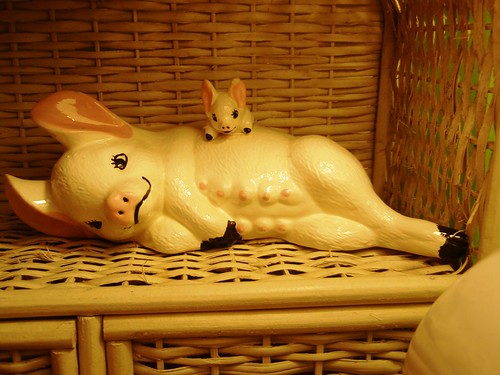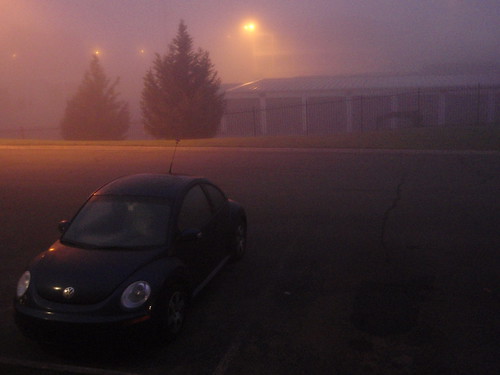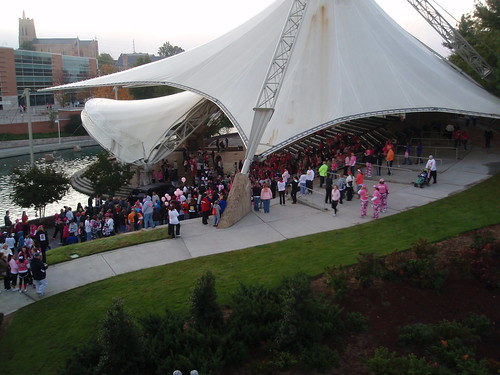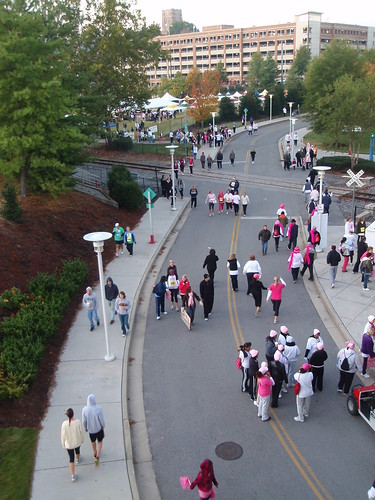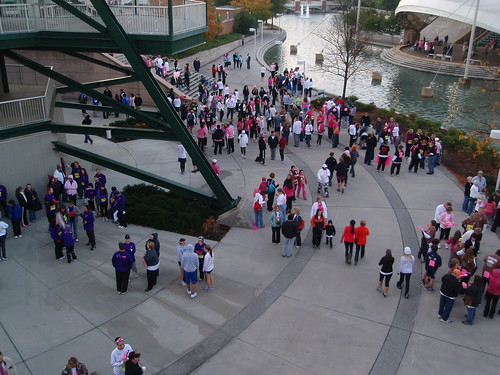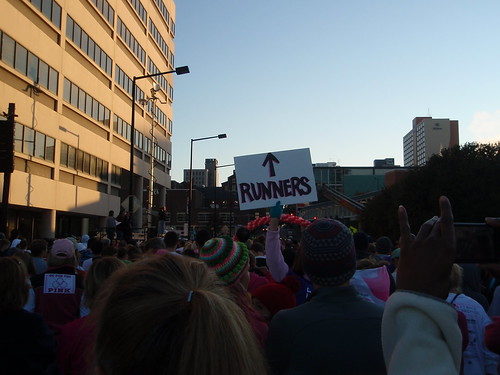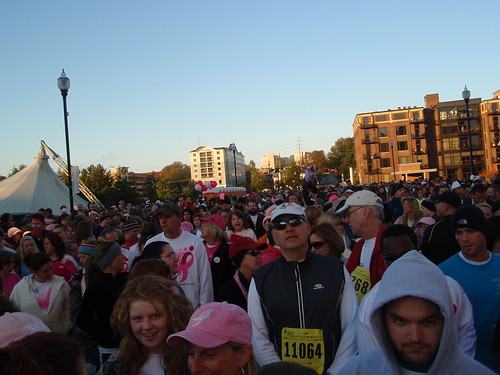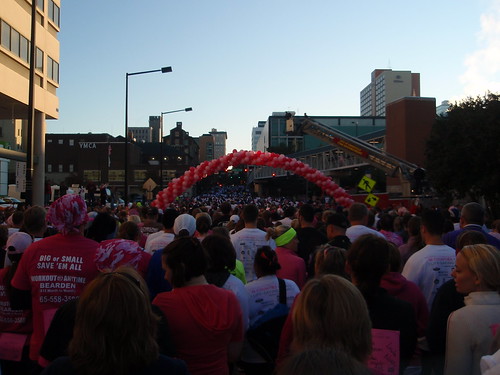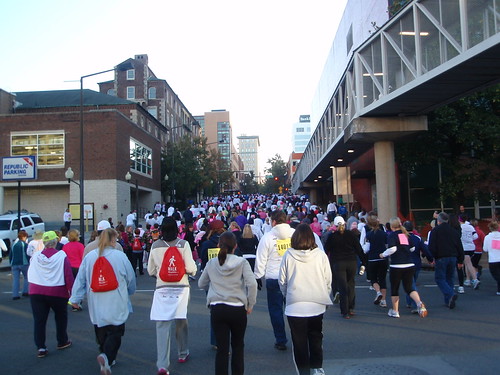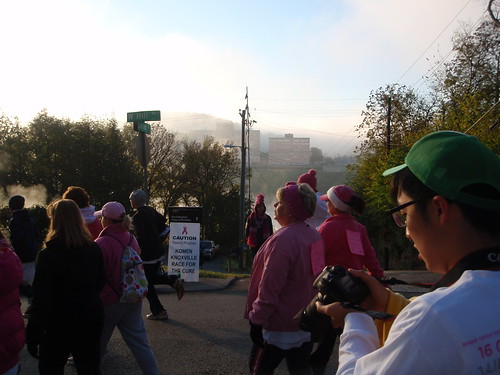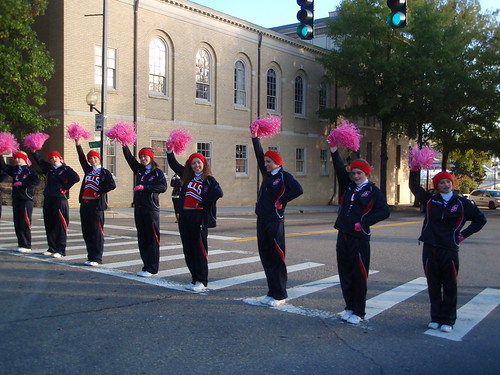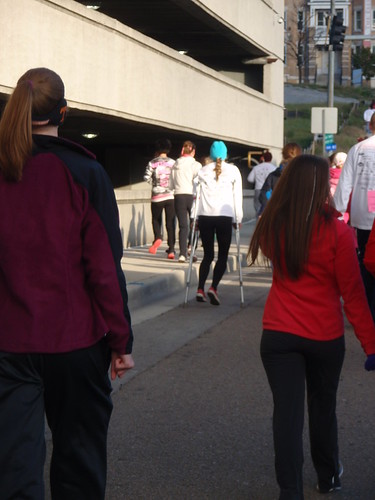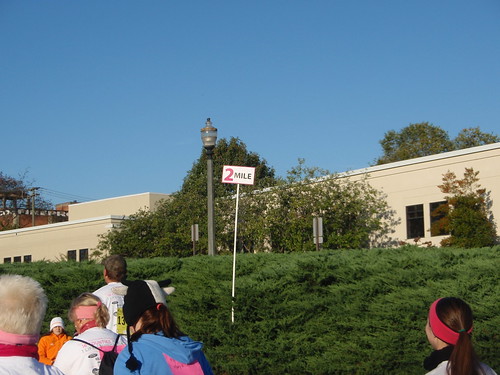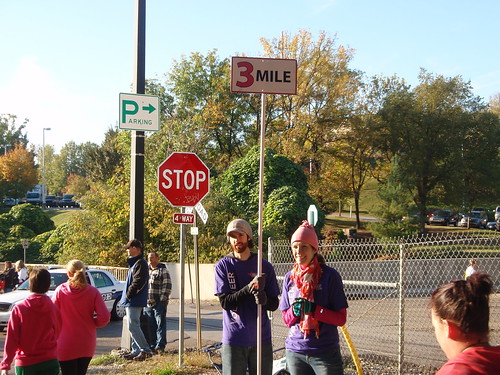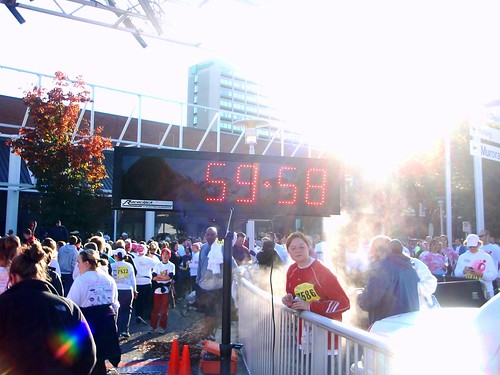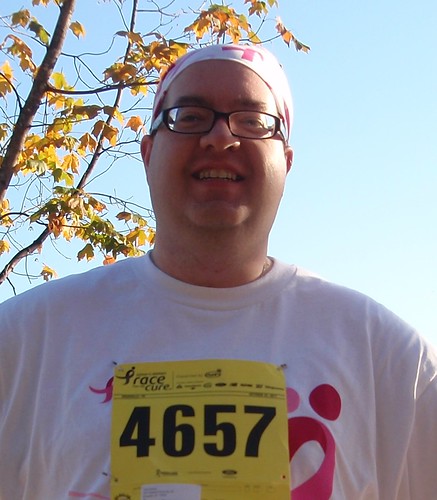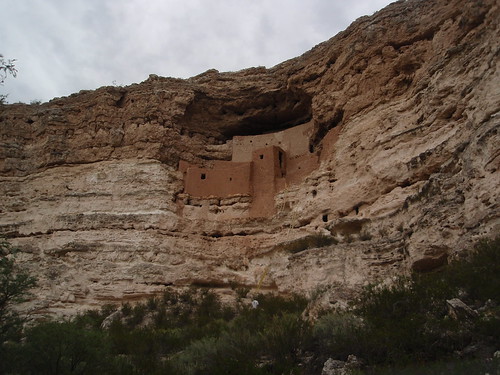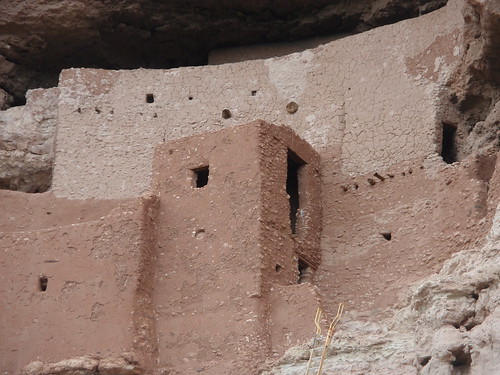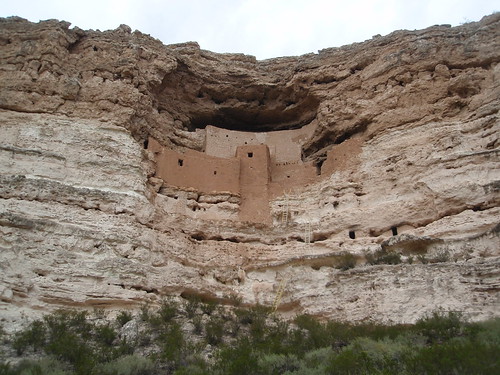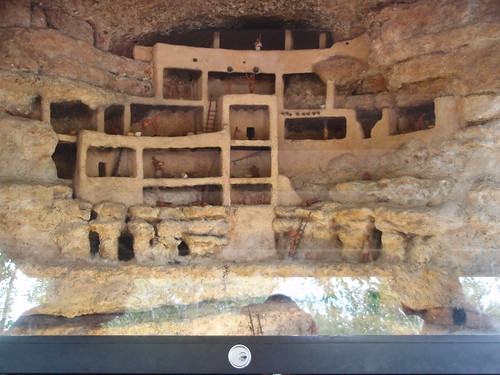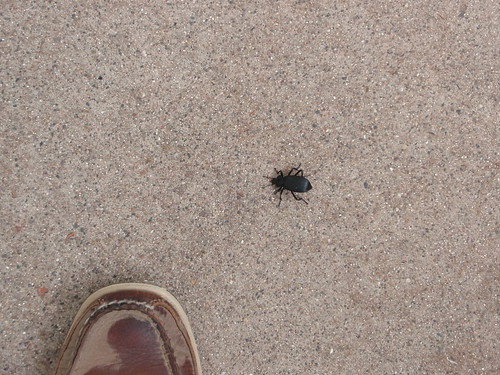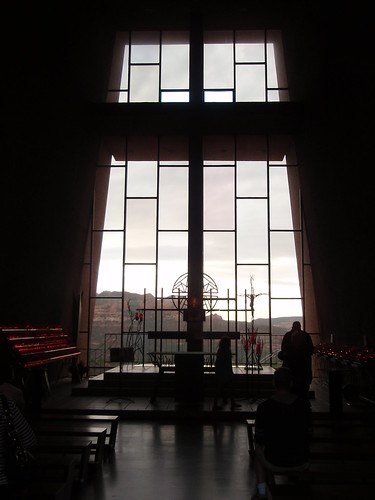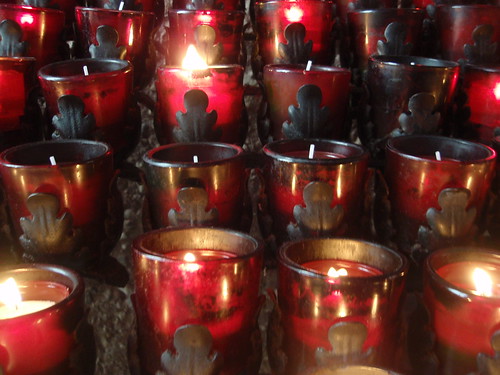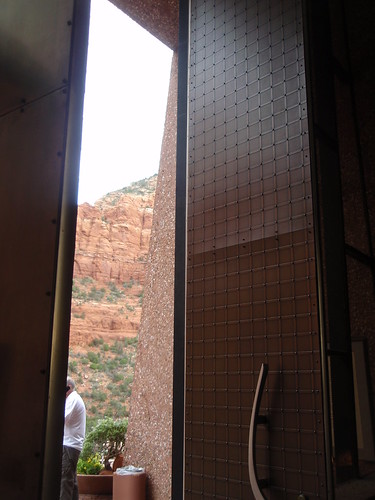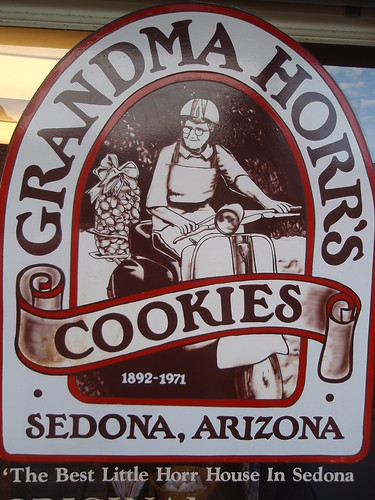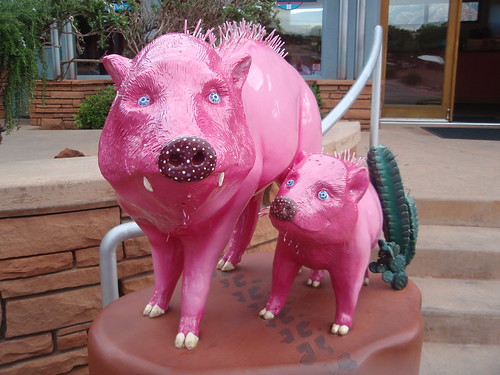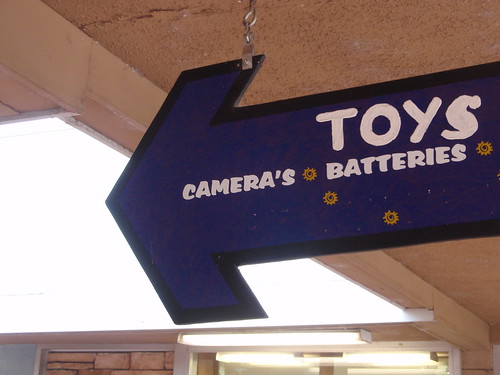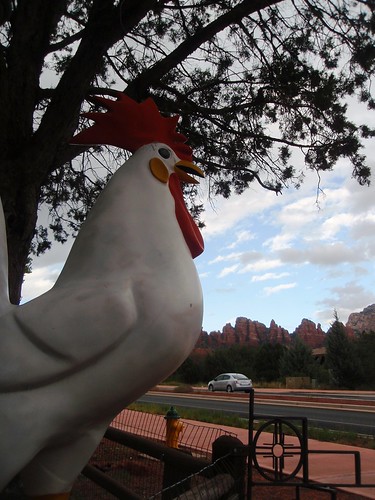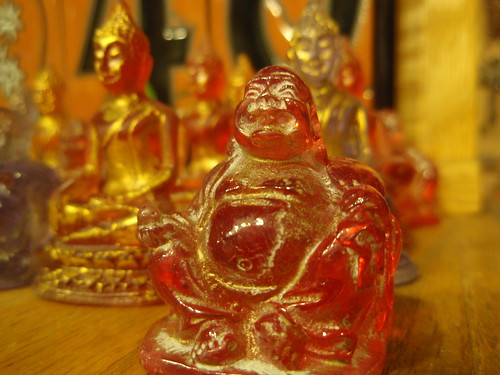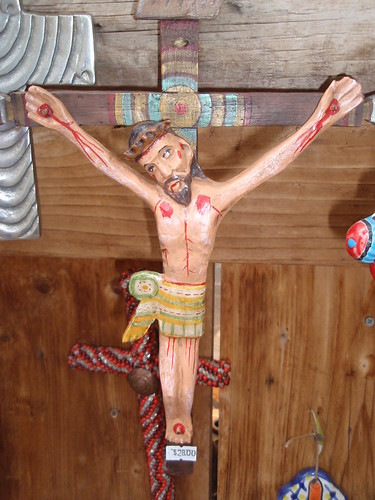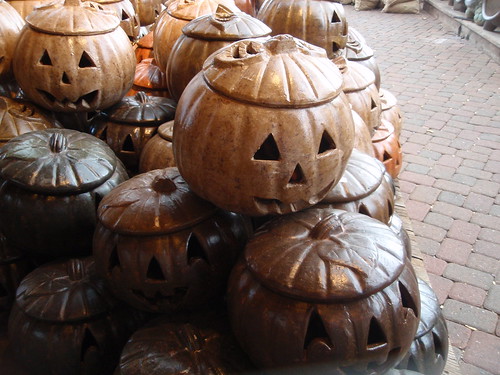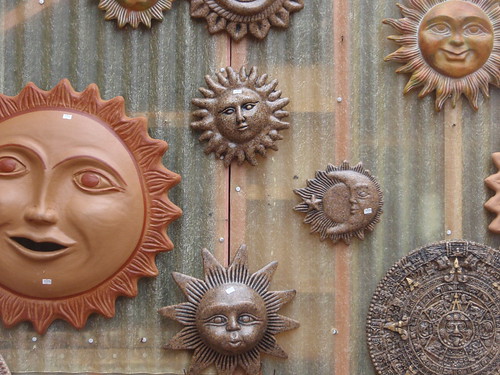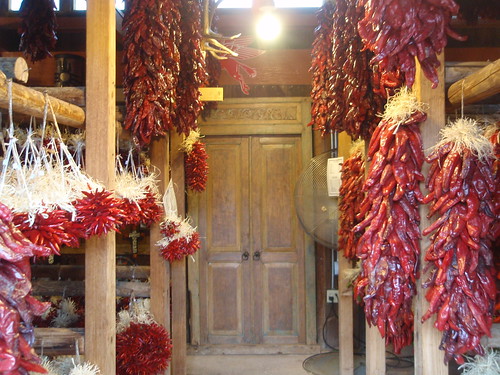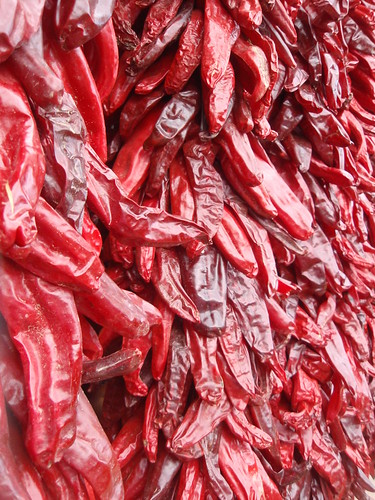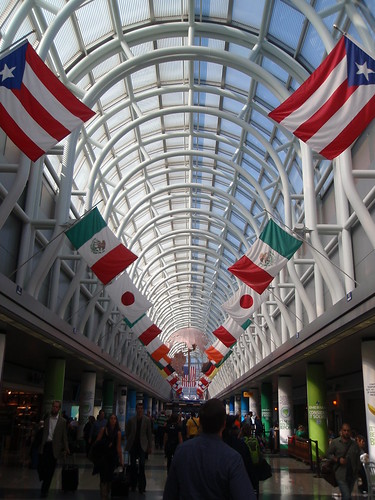I've been picking through my comic collection for the past couple of weeks because I'm pulling back issues for a presentation I'm doing, and it means that I keep running across hilarious back issues. It also means that, because I have trouble with impulse control, I've been reading a lot of back issues, since stories like
the tragic tale of Fortress Lad or
David Cassidy #1 never get old, and that's how I happened to stumble over "Superman's Girlfriend Lois Lane" #106.
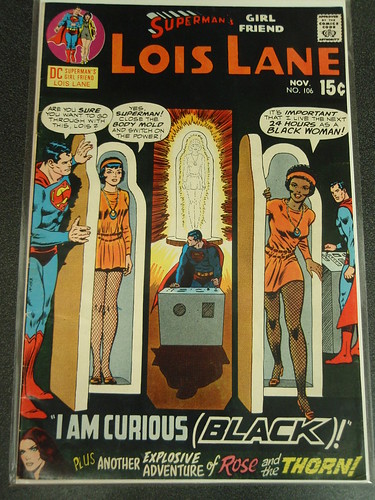
This is one of DC Comics' more famous (famous among comics fans, anyway) attempts at adressing a "serious issue", and like so many of the others it ends up kind of hilariously bad. It's not quite as terrible as when Green Arrow suddenly disovered that his sidekick, Speedy, was addicted to heroin:
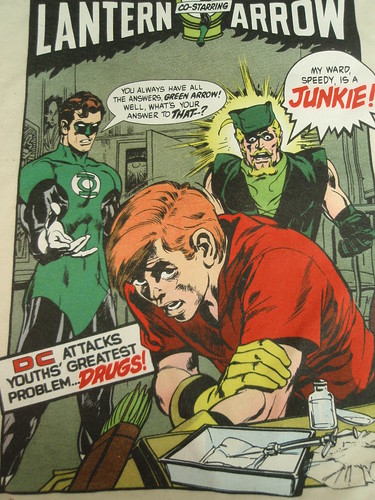
but it is way more awful than the time the Legion of Superheroes tried to convince Tyroc that they weren't racists because they had a blue girl and a green guy:
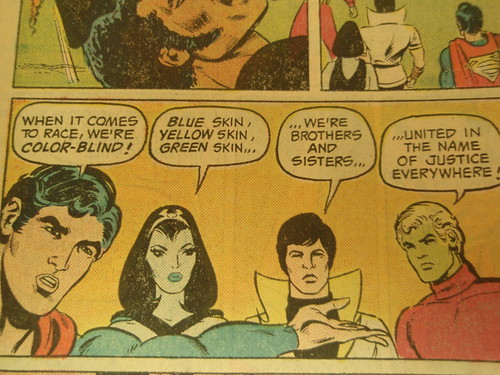
Still, they were trying, so you kind of have to give the writers some kind of credit when they could have just said nothing at all. In some cases, though, you wonder if maybe silence would have been a better choice.
Like a very special episode of "Saved by the Bell" where Jessie takes too many caffeine pills or "90210" where David's friend plays with his parents' handgun and accidentally shoots himself, this issue starts off by immediately finding a way, however forced, to connect Lois to a social issue that she's never dealt with before or since. How do they do that?
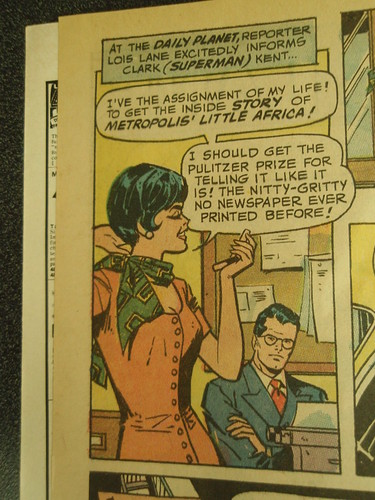
Through Lois' all-consuming narcissism, of course. She doesn't want to expose the horrors of racism or help poor, oppressed people. Lois wants a Pulitzer, and if she has to take a taxi down to "Little Africa" (Really, DC? I've heard of cities with a Chinatown or a Little Italy, but I've never heard of a Little Africa where all the black people live) to do it, then she just needs a quick check in her makeup mirror and she's ready to go.
Before we follow her, take a second to notice just how annoyed Clark looks with this whole thing. You can tell that he's positively
seething, thinking, "Great. Now I'm going to have to watch Lois all day while she goes downtown and irritates people. Damn it, I wish
Titano would show up and start climbing the Daily Planet building before she had time to get a damn cab."
No such luck. Before you can say, "At least it's not a story about black kryptonite" Lois is downtown in Little Africa, and she's already running into trouble:
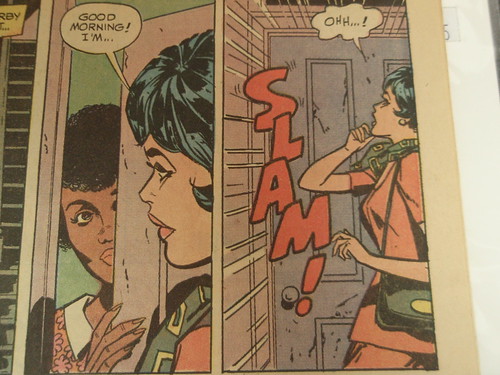
No one will talk to her. Why not?
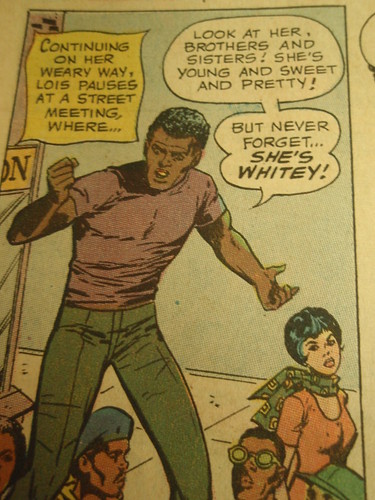
She's whitey.
This story is much more hilarious, and actually makes more sense, if you imagine that children and old blind ladies at the bus stop are turning away from Lois not because she's white but because she's Lois Lane.
"Oh, shit. Lois Lane? I gotta get outta here before the whole neighborhood gets turned into witches or fat people or something."Anyway, Superman checks in on Lois and finds her weeping on a park bench, her Pulitzer dreams shattered by her white skin:

She's drawing a blank, all right. A
white blank. She has a plan, though, and I'm incredibly disappointed that they don't actually show her talking Superman into it. As you can see from the panels, she somehow convinces Superman to fly her to the Fortress of Solitude, so that he can use his super-advanced Kryptonian plastic surgery machine to make her a black lady so that she can win a Pulitzer. Again, I have to emphasize that Lois' motives are completely not altruistic. She doesn't want to help anyone but herself, and she somehow convinces Superman to go along with her. Nobody mentions that using kyrptonian super-science to turn yourself black so that you can win the Pulitzer instead of doing actual investigatory journalism for it is pretty much like
using super tanning pills to get into Harvard on the Henry Q. Bouchard Memorial Scholarship, but the reader already knows this will be a disaster because, even black, she's still going to be Lois.
It happens pretty much just like on the cover, and there she is:
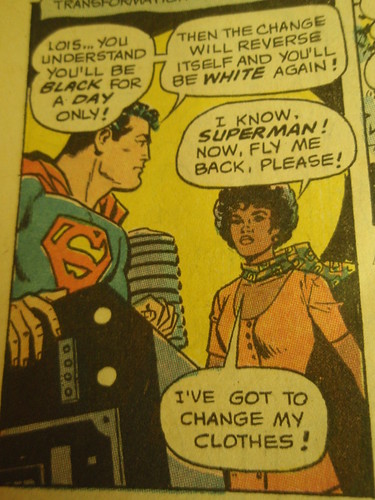
Lois Lane, 24-hour black lady.
And why does she have to get changed? Because even though all of the people in Little Africa were wearing average, contemporary fashion, Lois is going to be the blackest black lady ever, and puts on the Little Africa equivalent of Josie's first day of school outfit in
Never Been Kissed:
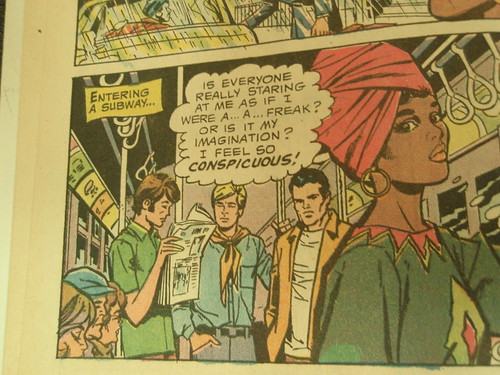
She has to take the subway back to Little Africa because taxi cabs wouldn't stop for her now that she's black. I have no idea why everyone on the train is staring at her, though, other than the size of that head wrap. I mean, they live in a major metropolitan city that not only has a Little Africa but has a subway stop there. They must have seen a black lady on the subway before.
Once she returns to Little Africa, Lois goes back to the apartment building where the lady slammed the door in her face before, and immediately puts out a fire under their staircase. The grateful lady explains that the slumlord won't pay for a janitor to clean out the dangerous flammable trash, so it just builds up under the staircase, and then invites Lois in for coffee:
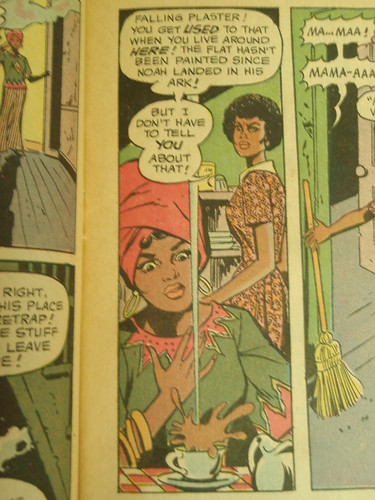
With a scoop of plaster. And a side of rat:
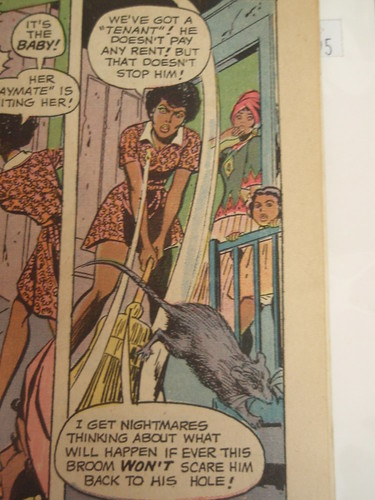
And here's why this irritates me: by placing this in the context of a "race" story, the writer implies that the reason this lady lives in the crumbling rat-infested fire trap tenement is that she's black, not that she's poor. They even back it up with the lady's, "I don't have to tell you about that", as if Lois knows exactly what it's like to live in a run down slum because she's black now. Granted, there's only so much they can cover in ten or twelve pages, and I'm sure someone somewhere could make the argument that she's poor because she's black, but this whole scene tells me way more about how the author thinks black people live than I actually wanted to know. It couldn't possibly be more stereotypical except for the part where the happy, nobly suffering poor black lady calls Lois her sister, just because they're both black:
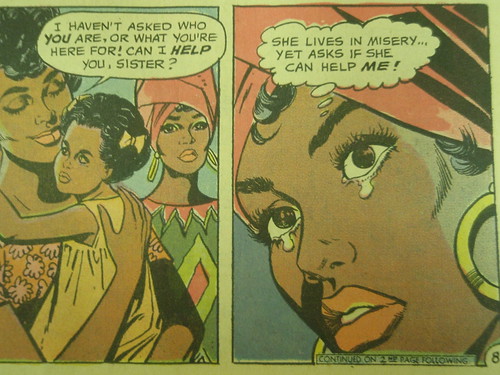
Lois is, of course, moved to tears by the idea that she's now that much closer to her Pulitzer, and she heads out to find the guy who called her "whitey" earlier. No sooner than she does, though, do they see trouble in a nearby alley:
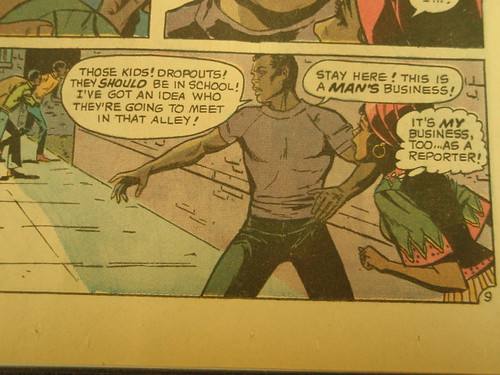
Man's business? I thought this was a comic about equality.
Lois and Dave follow the kids into the alley where, predictably enough, they interrupt a drug deal, and the drug dealers respond by opening fire:
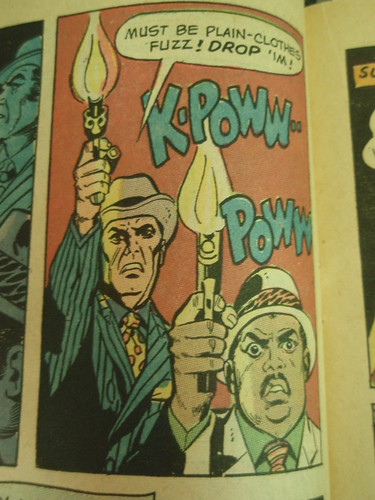
Dave gets shot, or at least we imagine that he does, since he has no visible wounds:
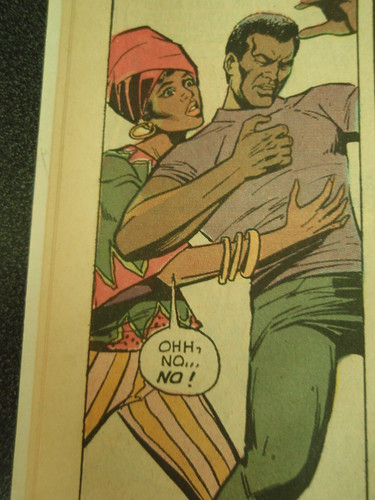
It's too bad, really, that Lois doesn't have a boyfriend watching her, a boyfriend who's faster than a speeding bullet and could have maybe showed up to intervene before her new friend gets plugged in an alley. Just too bad. Or, possibly worse, it's too bad that maybe Superman let that guy get shot on purpose just to teach Lois a lesson. He was doing stuff like that all the time in the Silver Age.
Anyway, Superman disarms the drug dealers and flies Lois and Dave to the nearest hospital. Of course, since the hospital is also in Little Africa, all of the doctors and nurses are black:
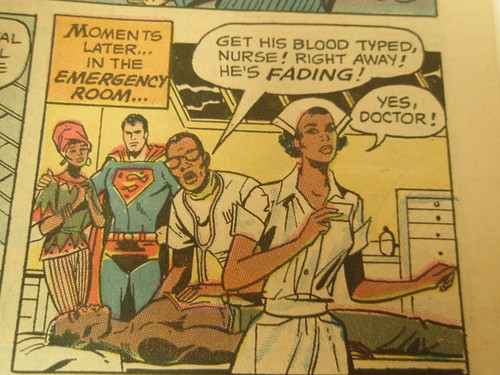
And right there is why I think that Superman is maybe being a dick about this whole thing on purpose. According to the comic, "tense minutes tick by" as they wait for the blood typing information, but here's the problem: Superman has microscopic vision and a super-brain. He can see molecules and read protein chains. It should take him about a second to go, "Hey, doctor, that guy's type A negative," but instead he lets Lois pace the waiting room and twist in the wind for several tense minutes before we find out that she and Dave have the same blood type, and she can save him:

Or maybe he's trying to teach Dave a lesson about not being mean to white people. Who knows, really? It's just clear that Superman could be doing more, and isn't, but again, he was like that a lot in the Silver Age. Lois, also true to form, continues finding a way to make a tragic shooting all about her:
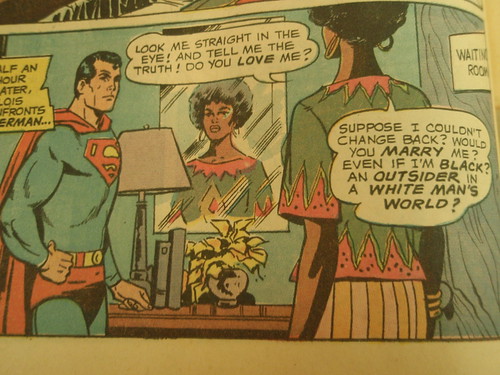
Did she really just accuse Superman of being a racist? She knows that when he was just a Superboy he was friends with a blue girl and a green guy. Sure, he did just let a black guy get all shot up in an alley and then stood around the waiting room uselessly when he could have done something to help, but seriously, Lois, some of his best friends are black. Just ask
Tyroc, or
Black Lightning, or... some other black people that Superman must have known in the Silver Age.
Black Vulcan, maybe?
Anyway, before she can harangue him into proposing, Lois' transformation wears off, to the nurse's great surprise:
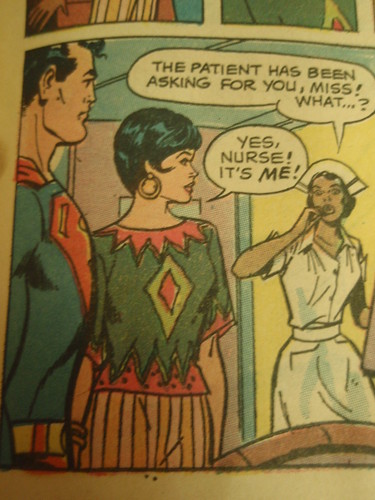
Lois seems pretty smug there, but I have to go with the nurse on this one. If I walked into a room and a lady had turned from black to white while I was gone, I'd be pretty damn surprised, too. The nurse isn't the only one who's surprised, though. Dave doesn't say anything when Lois, newly whitened, walks into his room, but he doesn't have to:
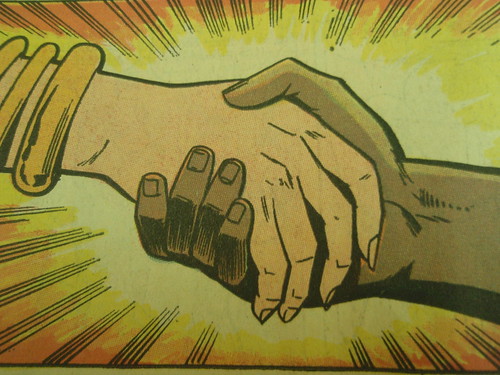
Because, really, we all learned something today. We learned that Superman is sometimes a dick, and that there's no length that Lois won't go to for a Pulitzer, even physically transforming her body with alien superscience no matter how risky or foolish that seems.
And also that coffee's not really good with plaster in it.
